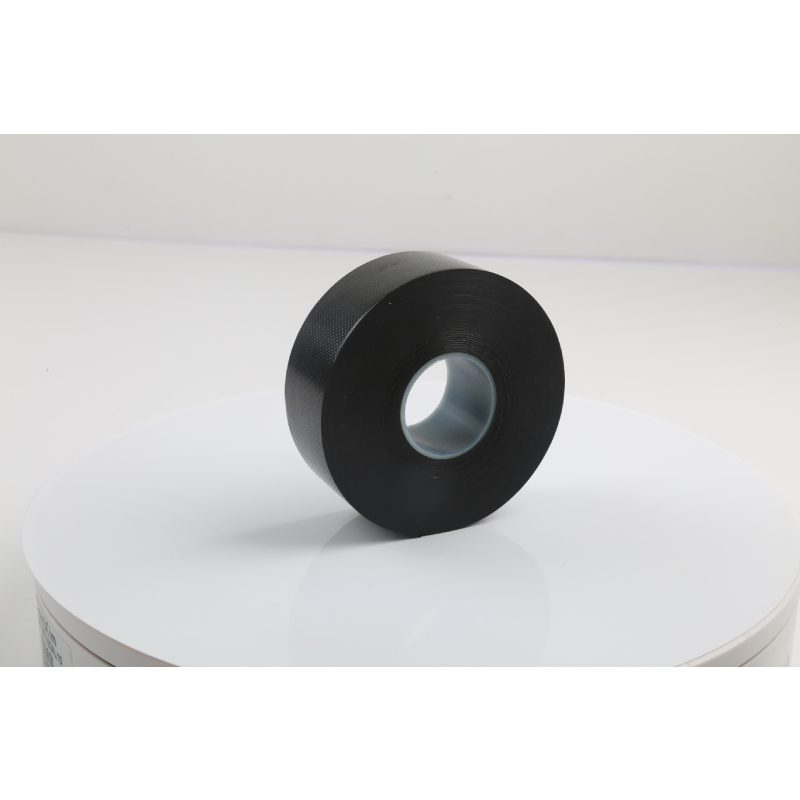Understanding Butyl Rubber Strips Properties, Applications, and Benefits
Butyl rubber strips are versatile materials widely used in various industries due to their unique properties. This synthetic rubber, composed of isobutylene and a small amount of isoprene, is known for its excellent impermeability, dynamic elasticity, and resistance to aging, UV light, and ozone. These characteristics make butyl rubber strips an ideal choice for numerous applications, ranging from automotive to construction.
Properties of Butyl Rubber Strips
One of the prominent features of butyl rubber is its low gas permeability. This makes butyl rubber strips particularly useful in applications where maintaining pressure or preventing leaks is crucial. For example, these strips are often used in tire inner linings because they effectively retain air and enhance the performance of tires under varying conditions.
In addition to their gas barrier properties, butyl rubber strips exhibit good elasticity and tensile strength, allowing them to stretch and recover without losing their shape. This elasticity ensures reliable performance in dynamic applications, where materials are subject to continuous deformation. Furthermore, butyl rubber is resistant to heat, chemicals, and environmental factors, ensuring longevity and durability in harsh conditions.
Applications of Butyl Rubber Strips
Due to their remarkable properties, butyl rubber strips find use in multiple sectors. Here are a few notable applications
1. Automotive Industry Butyl rubber strips are extensively employed as seals, gaskets, and noise barriers in vehicles. They ensure that water and dust do not penetrate critical areas, enhancing vehicle longevity and user comfort.
2. Construction In building applications, these strips serve as weather seals to prevent water infiltration and air leaks. They are commonly used around windows and doors, providing a weather-tight seal that enhances the energy efficiency of buildings.
3. Manufacturing Butyl rubber strips are utilized in the production of hoses, belts, and other components that require flexibility and resistance to wear. Their durability makes them suitable for industrial machinery that operate under challenging conditions.
butyl rubber strip

4. Medical Sector The medical industry uses butyl rubber for its biocompatibility, particularly in the manufacture of stoppers for vials and other pharmaceutical containers. Its impermeability helps protect sensitive contents from external contaminants.
5. Aerospace In the aerospace industry, butyl rubber strips are used for sealing and insulation, particularly in environments subjected to extreme temperatures and pressures. Their reliability is paramount in ensuring the safety and functionality of aircraft.
Benefits of Using Butyl Rubber Strips
The adoption of butyl rubber strips offers several benefits
- Impressive Longevity Due to their resistance to aging, ozone, and UV light, butyl rubber strips often outlast other materials, reducing the need for frequent replacements and maintenance.
- Cost-Effectiveness Their durability not only saves money on replacements but also ensures that products utilizing butyl rubber strips perform optimally over an extended period.
- Environmentally Friendly Many manufacturers prioritize sustainability, and butyl rubber can be recycled or reused, contributing to environmentally conscious practices.
- Customizability Butyl rubber strips can be manufactured in various sizes, shapes, and formulations to meet specific requirements, allowing for tailored solutions across different industries.
Conclusion
In summary, butyl rubber strips are crucial materials that bring a wealth of advantages across various applications. Their unique properties, including low gas permeability, excellent elasticity, and resistance to environmental factors, make them ideal for use in the automotive, construction, manufacturing, medical, and aerospace sectors. As industries continue to evolve and demand higher-performing materials, butyl rubber strips will undoubtedly remain at the forefront, offering reliability, longevity, and versatility in an ever-changing market. Whether you’re involved in product development or looking for efficient sealing solutions, butyl rubber strips can provide the performance you need, ensuring your projects are successful and resilient.
-
XIANGFAN Rubber Tape-Ultimate Solutions for All Your Insulation NeedsNewsJun.24,2025
-
XIANGFAN Rubber Tape-Protection for Industrial and Residential ApplicationsNewsJun.24,2025
-
XIANGFAN Rubber Tape: Superior Safety and Sealing for Demanding EnvironmentsNewsJun.24,2025
-
XIANGFAN Rubber Tape: Reliable Solutions for Every Electrical ChallengeNewsJun.24,2025
-
XIANGFAN Electrical & Industrial Tape: Powering Reliability Across IndustriesNewsJun.24,2025
-
XIANGFAN Electrical & Industrial Tape: Excellence in Every ApplicationNewsJun.24,2025
